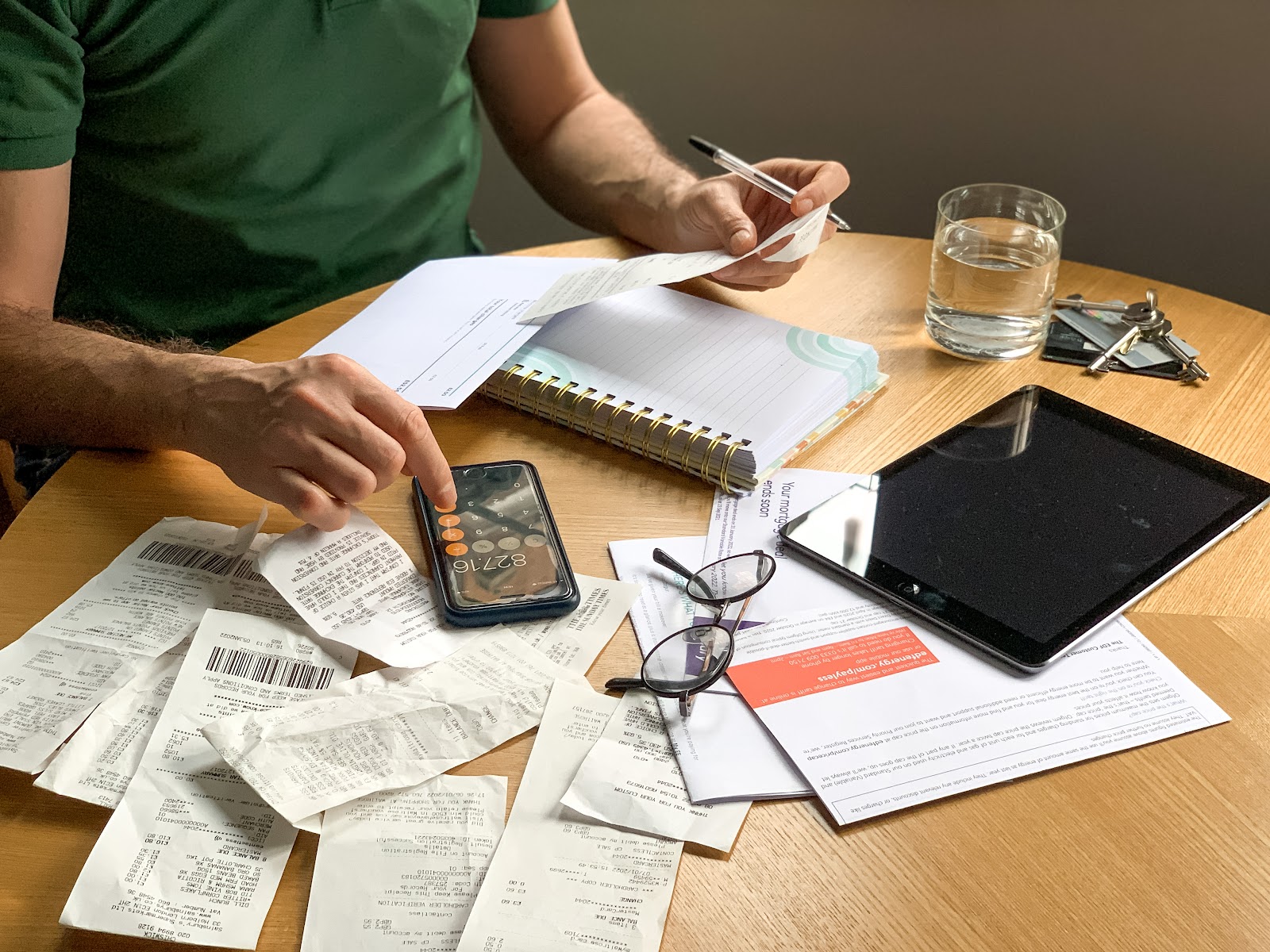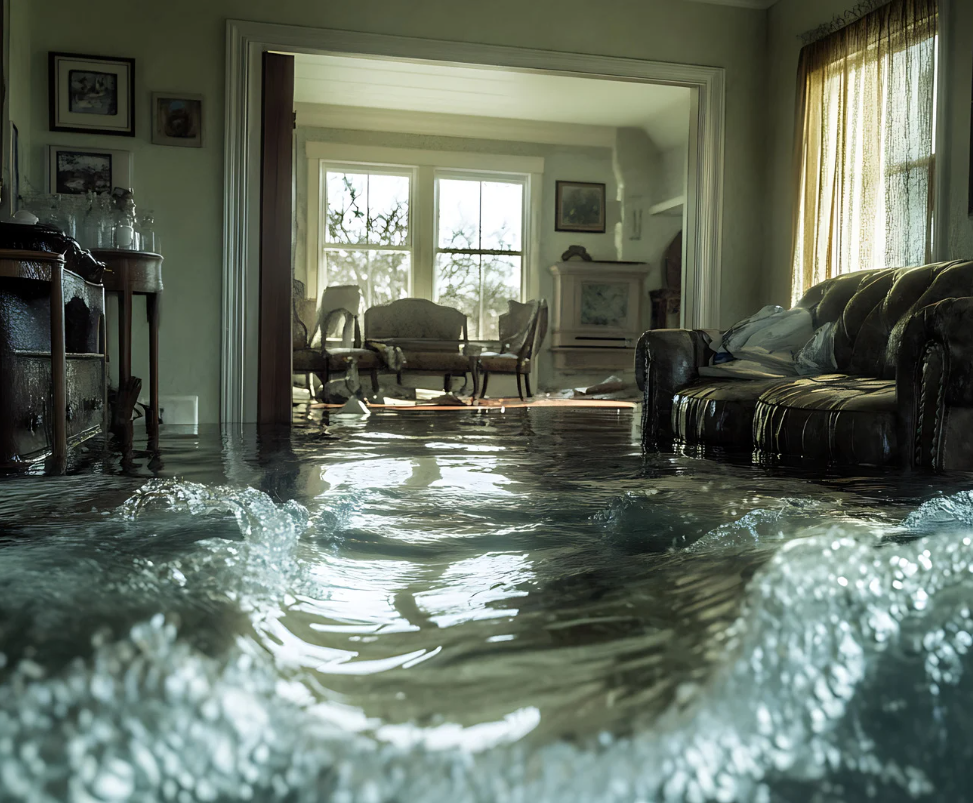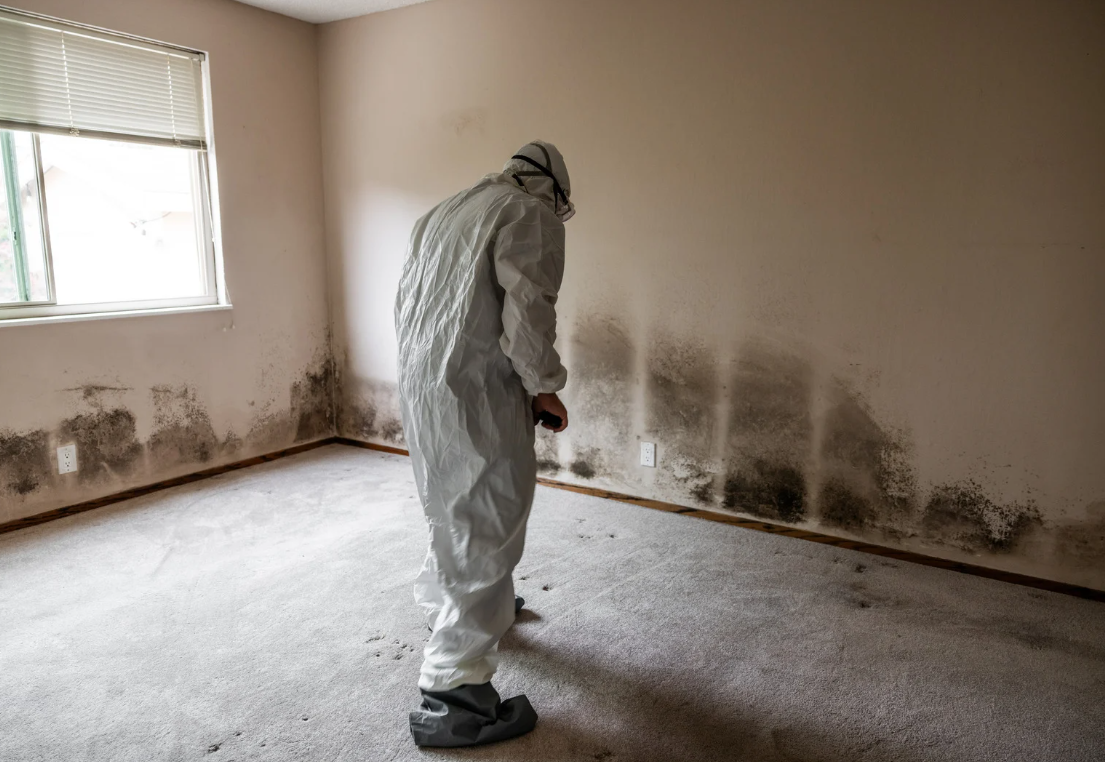What Evidence Helps Succeed in a Property Damage Lawsuit Against an Insurer?

What Evidence Helps Succeed in a Property Damage Lawsuit Against an Insurer?
When an insurance company denies or underpays a valid property damage claim, policyholders may find themselves with no choice but to take legal action. Filing a lawsuit against an insurer isn’t just about alleging unfair treatment—it’s about proving it. Success in a property damage lawsuit often hinges on the strength and credibility of your evidence. Understanding what types of documentation and testimony can support your case is essential for anyone facing a dispute with their insurance provider.
One of the most crucial categories of evidence is photographic and video documentation. As soon as damage occurs, capturing clear, dated images of the affected areas and items can make a significant difference in how your case is evaluated. This evidence should show the condition of the property before the loss (if available), immediately after the damage, and during any repairs. Videos can provide a more comprehensive view and help establish the severity and scope of damage in a way that written descriptions cannot.
Repair estimates and professional assessments are another critical form of evidence. Contractors, engineers, or licensed adjusters can inspect the property and provide detailed reports outlining the extent of the damage, recommended repairs, and associated costs. It’s especially helpful to have multiple estimates to show that your claim is supported by independent opinions, not just one party’s evaluation. If possible, use professionals with no affiliation to the insurance company to ensure objectivity.
In any property damage case, the insurance policy itself is central. Your entire case revolves around whether the insurer failed to fulfill its contractual obligations. A complete, up-to-date copy of your policy will be needed, including declarations, coverage endorsements, and all relevant exclusions. Highlighting specific sections that support your position—for example, provisions that cover certain types of water damage or hail—can bolster your argument and clarify the legal duties the insurer agreed to.
Correspondence with the insurance company is equally important. Emails, letters, claim status updates, and adjuster notes can show how the claim was handled and whether the insurer acted in good faith. Pay close attention to timelines: delays in communication or failure to explain denials can reflect poorly on the insurer and support a bad faith claim. Keep records of every call, conversation, or meeting related to your claim, including names, dates, and summaries of what was discussed.
Receipts and financial records are necessary to prove your actual loss. This might include invoices for repairs already made, temporary housing expenses, or the value of lost or damaged belongings. These documents help demonstrate that you suffered a measurable financial loss and that you took reasonable steps to mitigate further damage—something insurers often expect policyholders to do.
Expert witness testimony can also be pivotal. Professionals like building inspectors, forensic engineers, or public adjusters can testify about industry standards, proper construction methods, or how certain damages occurred. In cases involving suspected bad faith, legal experts may also testify on claims-handling practices and whether the insurer's conduct was unreasonable or deceptive.
Finally, a personal record or claim diary can provide context and credibility. Jotting down notes about every step you’ve taken—from the initial damage through the claim process—can help tell your story clearly in court. While this may not carry the same legal weight as a professional report, it can demonstrate diligence, consistency, and reliability.
In sum, winning a property damage lawsuit against an insurer requires more than just frustration—it requires well-documented, organized, and compelling evidence that the insurer failed to meet its obligations. By preparing a strong evidentiary foundation, and partnering with Averill & Reaney policyholders greatly improve their chances of securing a fair outcome. In disputes with powerful insurance companies, thorough documentation is your most powerful ally.
Related Posts
Your Trusted Advisors in Property Damage, Personal Injury, and Estate Planning.
Contact Now
We’re here to help you. Fill out the form below to schedule a consultation and one of our team members will get back to you promptly.


